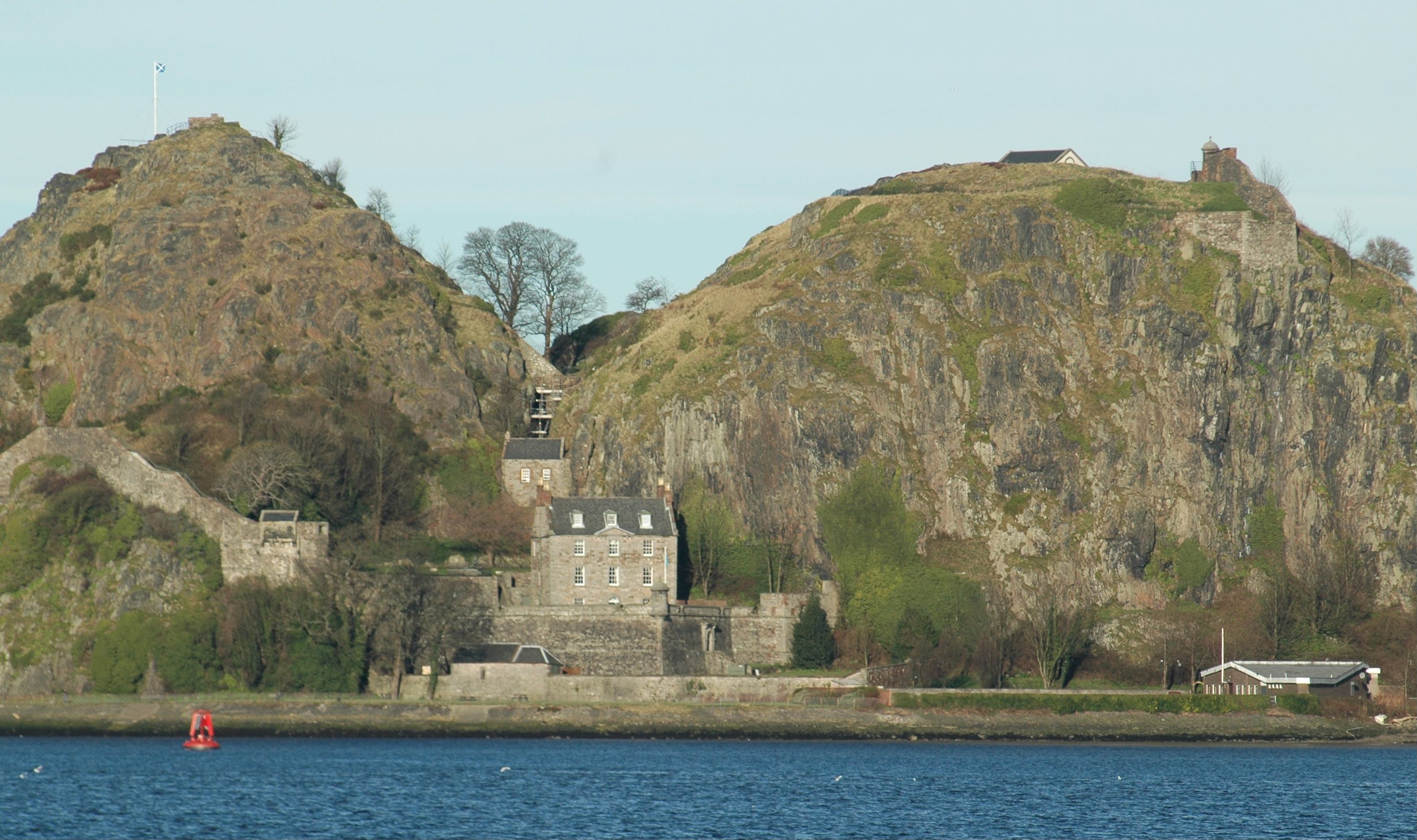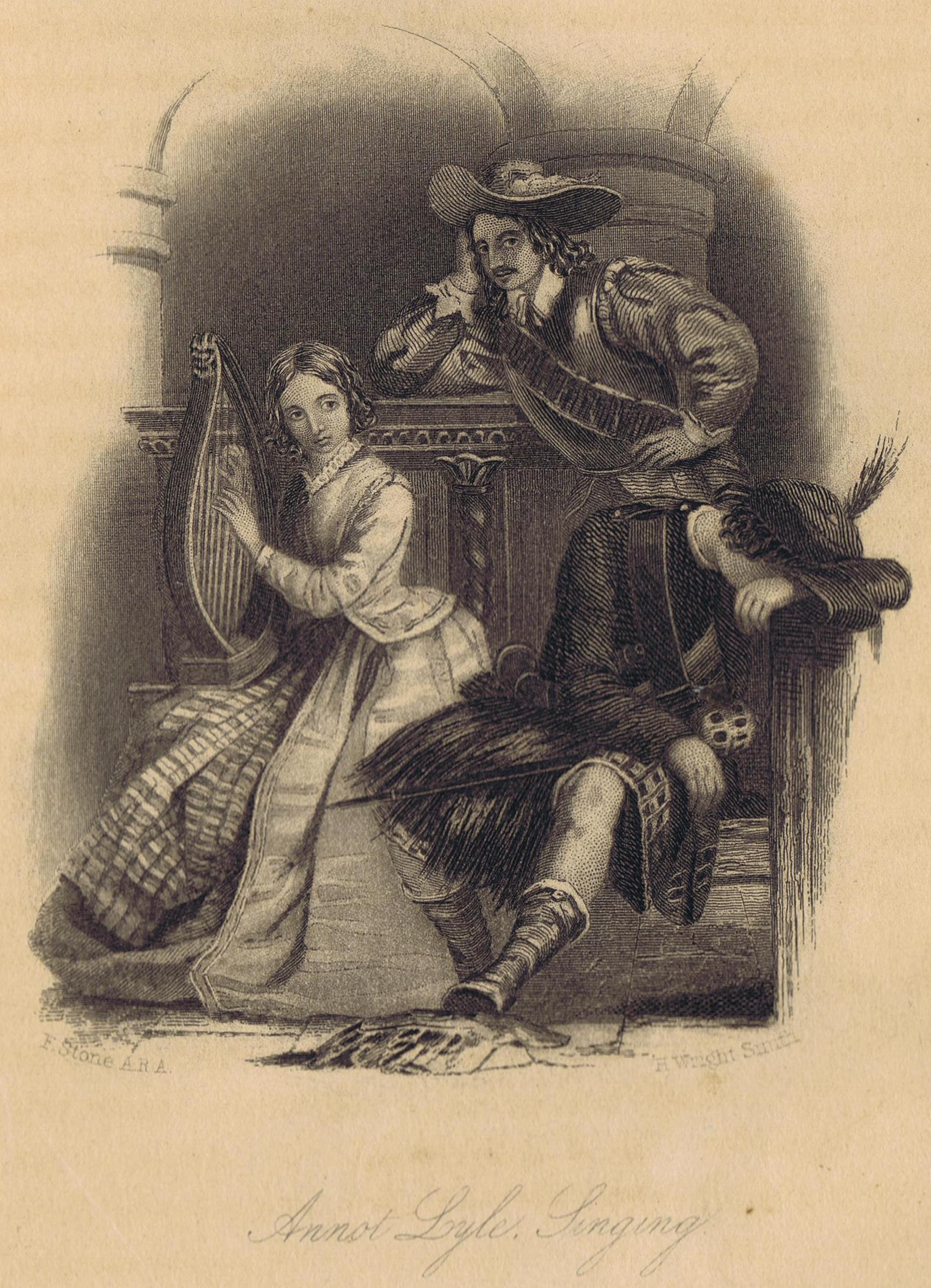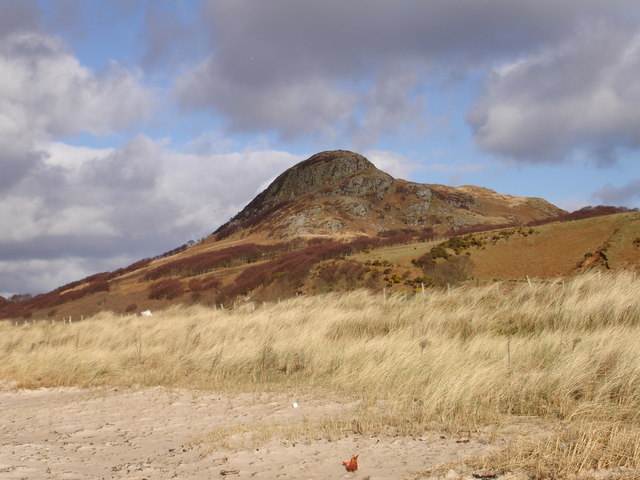|
James Mór
James Mor Stewart, called James the Fat, () (c. 1400–1429 or 1449) was the youngest son of Murdoch Stewart, Duke of Albany and Isabella of Lennox. When his father and brothers were executed by King James I for treason in 1425, James led a rebellion against the king, taking the town of Dumbarton and killing the keeper of Dumbarton Castle. His success was short lived and he soon fled to Ireland, where he would spend the remainder of his life in exile. A second attempt at rebellion in 1429 saw a fleet sail to Ireland to collect James "to convey him home that he might be king", but he died before the attempt could be made. James's eldest son James "Beag" Stewart was able to secure a royal pardon and return to Scotland, and was the ancestor of the Stewarts of Ardvorlich on Lochearnside, whose family history is recounted by Sir Walter Scott in ''A Legend of Montrose''. James Mor's brother Walter (executed 1425) left a son, Andrew Stewart, 1st Lord Avondale, who became Lord Chanc ... [...More Info...] [...Related Items...] OR: [Wikipedia] [Google] [Baidu] |
Clan MacDonald
Clan Donald, also known as Clan MacDonald or Clan McDonald ( ), is a Highland Scottish clan and one of the largest Scottish clans. Historically the chiefs of the Clan Donald held the title of Lord of the Isles until 1493 and two of those chiefs also held the title of Earl of Ross until 1476. The Lord Lyon King of Arms, the Scottish official with responsibility for regulating heraldry in that country, issuing new grants of coats of arms, and serving as the judge of the Court of the Lord Lyon, recognises under Scottish law the ''High Chief of Clan Donald''. There are also numerous branches to the Clan Donald and several of these have chiefs recognised by the Lord Lyon King of Arms; these are: Clan Macdonald of Sleat, Clan Macdonald of Clanranald, Clan MacDonald of Keppoch, Clan MacDonald of Glencoe, Clan MacDonell of Glengarry, and Clan MacAlister. There are also notable historic branches of Clan Donald without chiefs so-recognised, these are: the Clan MacDonald of Dunnyveg, Clan M ... [...More Info...] [...Related Items...] OR: [Wikipedia] [Google] [Baidu] |
A Legend Of Montrose
''A Legend of Montrose'' is an historical novel by Sir Walter Scott, set in Scotland in the 1640s during the Wars of the Three Kingdoms. It forms, along with '' The Bride of Lammermoor'', the 3rd series of Scott's '' Tales of My Landlord''. The two novels were published together in 1819. Composition ''A Legend of the Wars of Montrose'' was composed during May 1819, immediately after the completion of its companion novel '' The Bride of Lammermoor'' though it had been envisaged before the ''Bride'' was begun. Scott was still recovering from his serious illness of March 1819 and it is likely that the greater part of the new novel was dictated to John Ballantyne and William Laidlaw, though the manuscript for most of Chapters 3 to 6 is extant in his own hand. Editions The first edition of ''Tales of my Landlord (Third Series)'', consisting of '' The Bride of Lammermoor'' and ''A Legend of Montrose'' (the title reluctantly accepted by Scott), was published by Archibald Constable ... [...More Info...] [...Related Items...] OR: [Wikipedia] [Google] [Baidu] |
Kintyre
Kintyre (, ) is a peninsula in western Scotland, in the southwest of Argyll and Bute. The peninsula stretches about , from the Mull of Kintyre in the south to East Loch Tarbert, Argyll, East and West Loch Tarbert, Argyll, West Loch Tarbert in the north. The region immediately north of Kintyre is known as Knapdale. Kintyre is long and narrow, at no point more than from west coast to east coast, and is less than wide where it connects to Knapdale at the north. Kintyre is the lower Firth of Clyde western coast and protects the Firth from the Atlantic Ocean. The southerly tip of Kintyre is on the North Channel (Great Britain and Ireland), North Channel that separates southwestern Scotland from Northern Ireland. The east side of the Kintyre Peninsula is bounded by Kilbrannan Sound, with a number of coastal peaks such as Torr Mor. The central spine of the peninsula is mostly hilly moorland, the highest point being Beinn an Tuirc at . The coastal areas and hinterland, however, are ... [...More Info...] [...Related Items...] OR: [Wikipedia] [Google] [Baidu] |
James Galbraith Of Culcreuch
James may refer to: People * James (given name) * James (surname) * James (musician), aka Faruq Mahfuz Anam James, (born 1964), Bollywood musician * James, brother of Jesus * King James (other), various kings named James * Prince James (other) * Saint James (other) Places Canada * James Bay, a large body of water * James, Ontario United Kingdom * James College, a college of the University of York United States * James, Georgia, an unincorporated community * James, Iowa, an unincorporated community * James City, North Carolina * James City County, Virginia ** James City (Virginia Company) ** James City Shire * James City, Pennsylvania * St. James City, Florida Film and television * ''James'' (2005 film), a Bollywood film * ''James'' (2008 film), an Irish short film * ''James'' (2022 film), an Indian Kannada-language film * "James", a television episode of ''Adventure Time'' Music * James (band), a band from Manchester ** ''James'', US title ... [...More Info...] [...Related Items...] OR: [Wikipedia] [Google] [Baidu] |
Clan Galbraith
Clan Galbraith is a Scottish clan. The clan does not have a chief recognised by the Lord Lyon King of Arms. Because of this, the clan is considered an armigerous clan, and as such Clan Galbraith has no standing under Scots Law. The clan-name of Galbraith is of Gaelic origin, however its meaning denotes the bearer as of Brythonic origin, as opposed to Gaelic. The early Galbraiths were centred in the Lennox district, which spans the Highland and Lowland border of Scotland. The 17th chief of the clan brought ruin to the clan in the late 16th and early 17th century, and eventually lost his lands and fled Scotland for Ireland. His grandson, the 19th chief, was the last chief of Clan Galbraith. Origin of the clan The surname ''Galbraith'' is of Gaelic origin. The name is derived from the elements ''gall'' ("stranger") + ''Breathnach'' ("Briton"), meaning "British foreigner". The elements used in the surname would denote the differences between the Gaels—who have been generally t ... [...More Info...] [...Related Items...] OR: [Wikipedia] [Google] [Baidu] |
Bishop Of Argyll
The Bishop of Argyll or Bishop of Lismore was the ecclesiastical head of the Diocese of Argyll, one of Scotland's 13 medieval bishoprics. It was created in 1200, when the western half of the territory of the Bishopric of Dunkeld was formed into the new diocese. The bishops were based at Lismore. The Bishopric of Argyll, like other Scottish bishoprics, passed into the keeping of the Scottish Episcopal Church after the Scottish Reformation. List of Bishops of Argyll In 1689, episcopacy was permanently abolished in the Scottish Church. The line of bishops continued within the Scottish Episcopal Church, where the title was often combined with others. In 1847, Alexander Ewing became the first to bear the title Bishop of Argyll and the Isles, and, in 1878, Angus MacDonald became the first Roman Catholic bishop to bear that same title. References Further reading * Dowden, John, ''The Bishops of Scotland'', ed. J. Maitland Thomson, (Glasgow, 1912) * Keith, Robert, ''An Historica ... [...More Info...] [...Related Items...] OR: [Wikipedia] [Google] [Baidu] |
Fionnlagh MacCailein
Fionnlagh MacCailein or Finlay ''Colini'' (died 1419) was a medieval Scottish bishop. Both his early life and the details of his career as Bishop of Dunblane are not well known, however it is known that he held the latter bishopric between 1403 and his death in 1419. He was part of the circle of Robert Stewart, Duke of Albany, and was one of the many clerics from west and central Gaelic-speaking Scotland who benefited from the latter's patronage. He is said to have authorised the construction of the first bridge over the river Allan at Dunblane. Biography Background and early life It was said by John Spottiswood that his surname was "Dermoch", but that is not corroborated by contemporary sources and is probably a mistake. His last name appears in contemporary Latin sources as ''Colini'', representing ''MacCailein'', meaning "son of Cailean"; it may mean that Cailean was the name of his father, but if it was a surname it probably means he was a Campbell, a family also known at t ... [...More Info...] [...Related Items...] OR: [Wikipedia] [Google] [Baidu] |
Falkland Palace
Falkland Palace, in Falkland, Fife, Scotland, is a royal palace of the Scottish kings. It was one of the favourite places of Mary, Queen of Scots, who took refuge there from political and religious turmoil of her times. Today it is under the stewardship of Ninian Stuart, who delegates most of his duties to the National Trust for Scotland. The Chapel Royal in the Palace is dedicated to Thomas the Apostle. It is open to the public and reserved for Catholic worship. History Early years In the late 12th century, a royal hunting lodge was located on this site. The lodge was expanded in the 13th century to operate as a castle, owned by the Earls of Fife of the noted Clan MacDuff. The castle was built here because the site is on a slight hill that could be defended. The surrounding land eventually were developed as the Palace gardens. To the north, between the royal stable and the River Eden, was a great oak wood. Its many groves merged into the surrounding parkland. Timb ... [...More Info...] [...Related Items...] OR: [Wikipedia] [Google] [Baidu] |
Doune Castle
Doune Castle is a medieval stronghold near the village of Doune, in the Stirling (council area), Stirling council area of central Scotland and the historic county of Perthshire. The castle is sited on a wooded bend where the Ardoch Burn flows into the River Teith. It lies northwest of Stirling, where the Teith flows into the River Forth. Upstream, further northwest, the town of Callander lies at the edge of the Trossachs, on the fringe of the Scottish Highlands. Recent research has shown that Doune Castle was originally built in the thirteenth century, then probably damaged in the Scottish Wars of Independence,Oram, pp. 54–55 before being rebuilt in its present form in the late 14th century by Robert Stewart, Duke of Albany (–1420), the son of Robert II of Scotland, and Regent of Scotland from 1388 until his death. Duke Robert's stronghold has survived relatively unchanged and complete, and the whole castle was traditionally thought of as the result of a single period of c ... [...More Info...] [...Related Items...] OR: [Wikipedia] [Google] [Baidu] |
King James I Of Scotland
James I (late July 1394 – 21 February 1437) was King of Scots from 1406 until his assassination in 1437. The youngest of three sons, he was born in Dunfermline Abbey to King Robert III and Annabella Drummond. His eldest brother David, Duke of Rothesay, died under suspicious circumstances while detained by his uncle, Robert, Duke of Albany. James's other brother, Robert, died young. Concerns for James's safety deepened in the winter of 1405–1406 prompting plans to send him to France. In February 1406, James took refuge in the castle of the Bass Rock in the Firth of Forth after his escort was attacked by supporters of Archibald, 4th Earl of Douglas. He remained there until mid-March when he boarded a vessel bound for France. On 22 March, an English vessel captured the ship and delivered James to Henry IV of England. The ailing Robert III died on 4 April and the 11-year-old James, now the uncrowned King of Scotland, would remain in captivity for eighteen years. James was ... [...More Info...] [...Related Items...] OR: [Wikipedia] [Google] [Baidu] |
Scotland Dumbarton Castle Bordercropped
Scotland is a Countries of the United Kingdom, country that is part of the United Kingdom. It contains nearly one-third of the United Kingdom's land area, consisting of the northern part of the island of Great Britain and more than 790 adjacent Islands of Scotland, islands, principally in the archipelagos of the Hebrides and the Northern Isles. To the south-east, Scotland has its Anglo-Scottish border, only land border, which is long and shared with England; the country is surrounded by the Atlantic Ocean to the north and west, the North Sea to the north-east and east, and the Irish Sea to the south. The population in 2022 was 5,439,842. Edinburgh is the capital and Glasgow is the most populous of the cities of Scotland. The Kingdom of Scotland emerged as an independent sovereign state in the 9th century. In 1603, James VI succeeded to the thrones of Kingdom of England, England and Kingdom of Ireland, Ireland, forming a personal union of the Union of the Crowns, three kingdo ... [...More Info...] [...Related Items...] OR: [Wikipedia] [Google] [Baidu] |
Muireadhach Dux Albaniae
Muiredach (Old Irish), Muireadhach or Muireach, anglicized variously to Murdoch, Murtagh, Murray, Murdac, Mordacq and other forms, is a Goidelic name (meaning "chieftain") popular in Scotland and Ireland in the Middle Ages: * Muiredach Bolgrach, mythological Irish king * Muiredach Tirech, legendary high-king of Ireland * Muiredach mac Eógain (died 489), legendary early king of Ailech * Muiredach Muinderg (died 489), legendary king of the Ulaid * Muiredach of Killala, reputed early Irish saint * Muiredach Muillethan (died 702), king of Connaught * Muiredach mac Ainbcellaig (died c. 770), king of Dál Riata * Muiredach mac Murchado (died 760), king of Leinster * Muiredach mac Brain (died 818) (8th-century–818), king of Leinster * Muiredach mac Ruadrach (8th-century–829), king of Leinster * Muiredach mac Eochada (died 839), king of the Ulaid * Muiredach mac Brain (died 885), king of Munster * Muiredach mac Eochocáin (died 895), king of the Ulaid * Muireadhach Ua Cartha ... [...More Info...] [...Related Items...] OR: [Wikipedia] [Google] [Baidu] |







